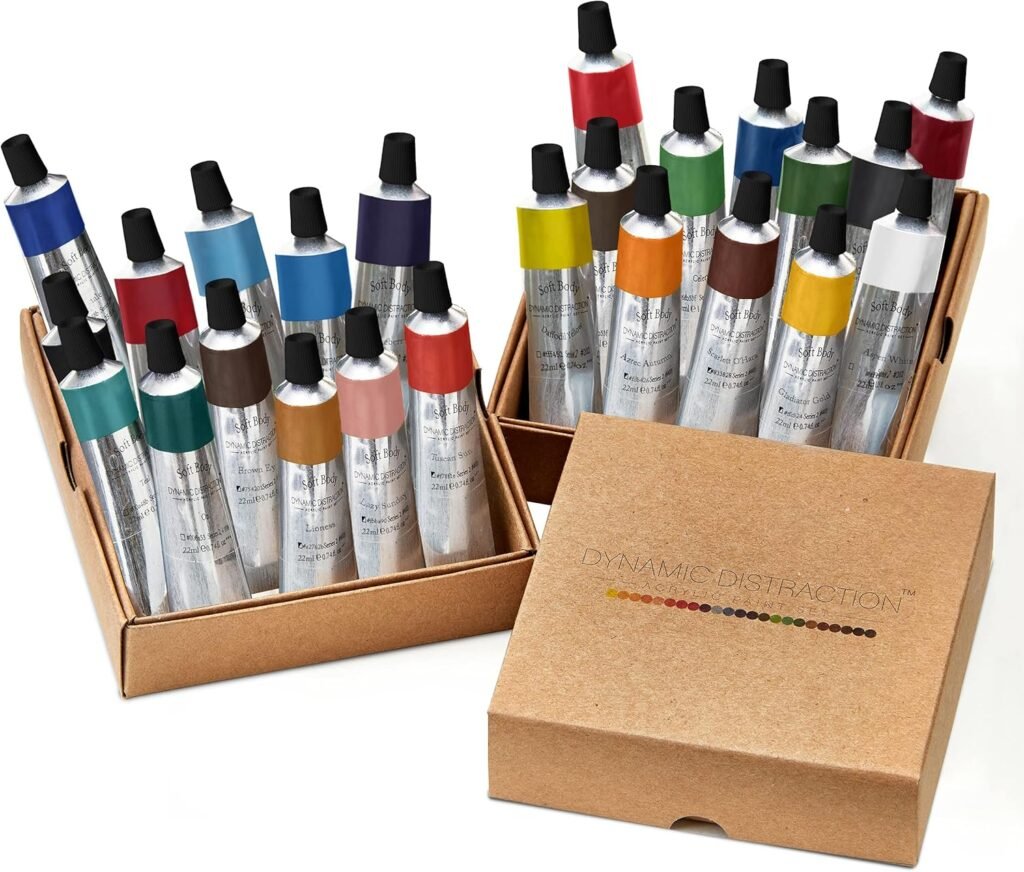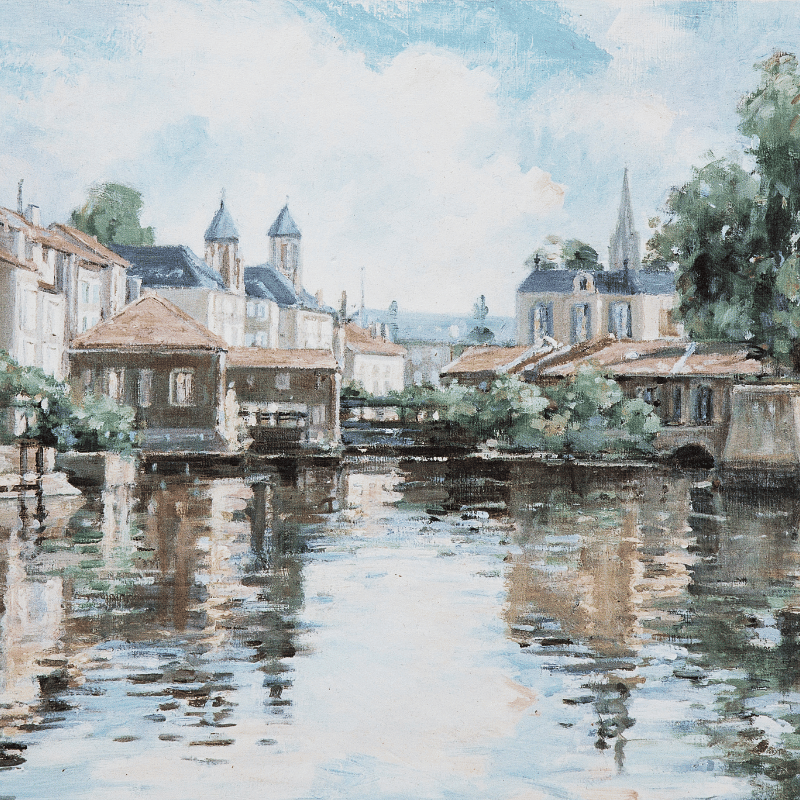
Acrylic Paints are dynamic and stand out as an exceptionally versatile and vibrant medium, perfect for contemporary artists seeking flexibility and expression on nearly any surface. Its quick-drying, durable, and adaptable nature makes it a favourite for both beginners and professionals aiming to push creative boundaries.
What Makes Acrylic Paint Dynamic?

Acrylic paint is a water-based medium made of pigment suspended in an acrylic polymer emulsion, drying rapidly to a flexible, water-resistant finish. Its unique properties allow artists to employ a wide array of techniques—from thin watercolor-like washes to bold, textured impasto. Specialized variants like “DYNA” (Dynamic) acrylics even reflect different colors depending on light and viewing angle, opening up dazzling possibilities for iridescent effects and dynamic color shifts.lauralongoniart+1
Painting on Virtually Any Surface

One of acrylic paint’s biggest strengths is its ability to adhere to numerous substrates:
- Canvas (stretched or panel)
- Watercolor and mixed-media paper
- Wood panels and objects
- Glass and ceramics (with suitable primers)
- Metal, stone, plastic, and fabric
- Walls and murals, both indoors and out
Proper surface preparation (cleaning, priming, or sanding as needed) ensures the best results, and varnishing helps protect the finished artwork.drawlish+1
Key Advantages of Dynamic Acrylics

- Fast drying time enables rapid layering, quick corrections, and experimentation—ideal for those who favor efficiency and creative flow.
- High versatility suits numerous techniques: glazing, pouring, dry-brushing, splattering, and palette knife work are all feasible.
- Color vibrancy and stability are outstanding; pigment remains bold after drying and resists fading, cracking, or yellowing over time.
- Durability: When dry, acrylic forms a robust, flexible film that withstands environmental challenges, making it suitable for outdoor murals or items that will be handled frequently.housing+1
- Mixable with mediums: Gels, pastes, retarders, flow enhancers, and texture additives further expand surface effects and application styles, allowing truly dynamic and three-dimensional results.mojarto+1
Techniques and Creativity

Artists can use acrylics for either smooth gradients or pronounced textural effects. Apply gel mediums for sculpted, tactile brushstrokes; utilize iridescent or metallic paints for shimmering, “dynamic” shifts; or experiment with splattering, resist, or mixed-media collage. The paint’s adaptability encourages innovation and invites artists to test on unconventional surfaces—from recycled materials to wearable art.lauralongoniart+2
Conclusion

Dynamic acrylic paint transforms artistic expression by allowing painting on almost any surface and fostering limitless experimentation. Whether you wish to create vibrant contemporary canvases or bold, site-specific murals, acrylic’s adaptability, brilliance, and resilience equip every artist to explore new possibilities with confidence and creativity.
